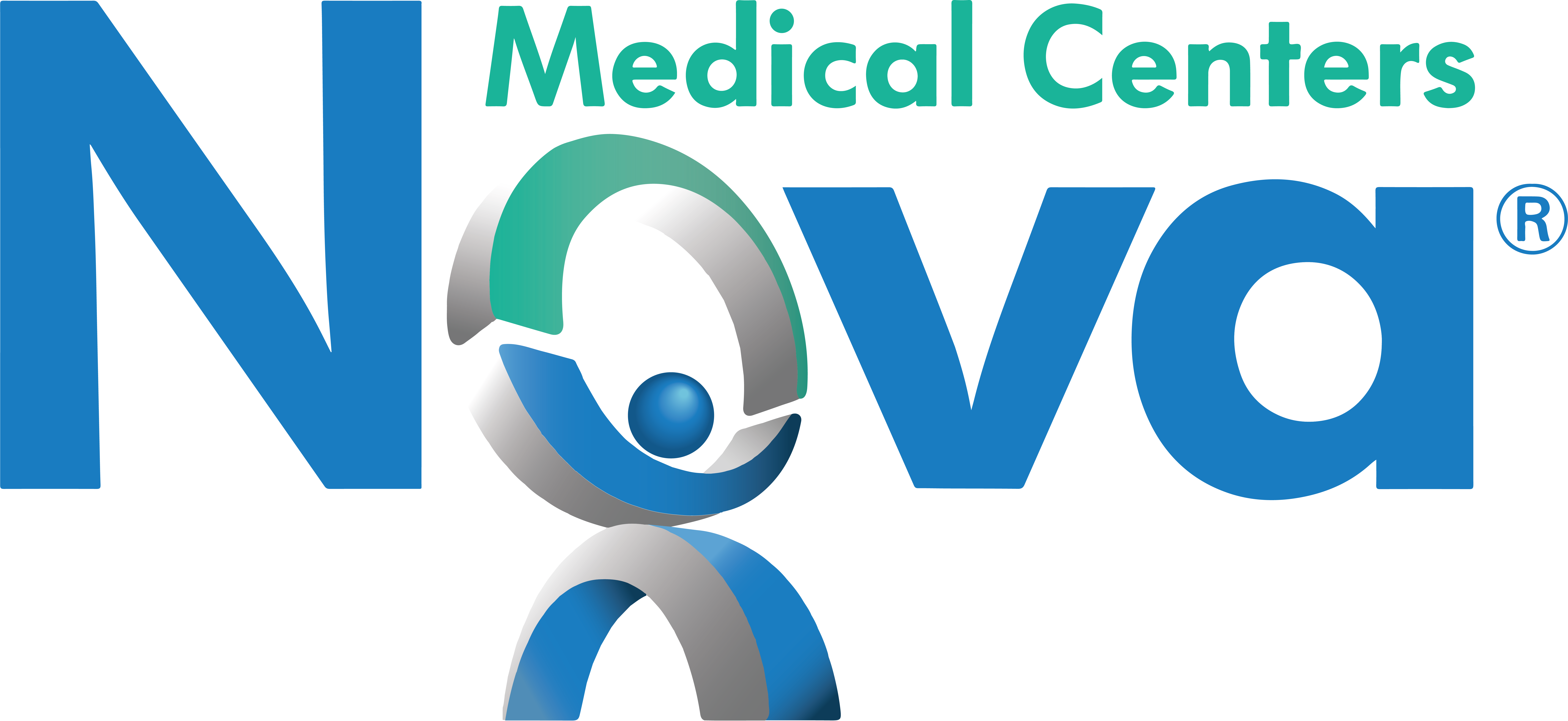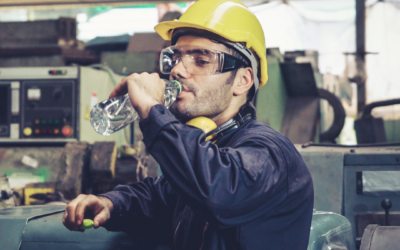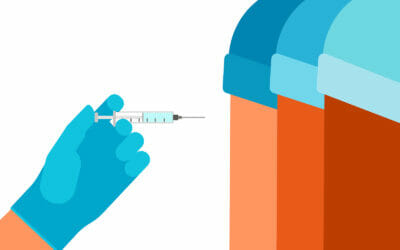
People are more productive when they are working in an aesthetically, pleasing environment. It turns out that adding a few simple changes to the workplace can make you a happier, more creative, and more productive worker. Whether the change is as drastic as painting the walls or as simple as turning down the lights in the office, here’s how you can make a few changes to your workspace if you are looking for maximum effectiveness.
1. Add Color for Productivity (Colors Influence Your Mind)
A work environment says a lot about the company you work for and should be an outward expression of the company. Studies show that blue affects your mind, yellow affects your emotions, red your body, and green your balance. Other aspects such as light design can enhance productivity. Even more important than color, is the saturation and the intensity of the color choice in the office. Brighter colors will stimulate and softer, muted colors will soothe. If you can’t paint the walls of your entire office, try accents so that different teams within your company are surrounded by colors that are best suited for their type of work.
2. Turn The Heat Up (74-76 degrees)
Workers tend to be more productive when warm. Cornell University researchers conducted a study that involved adjusting the thermostat of an insurance office. When temperatures were set at exactly 68 degrees, employees committed 44% more errors and were less than half as productive as when temperatures were at a warm and stuffy 77 degrees. Employees that were cold also became distracted from their tasks. Their drop-in overall work performance was costing their employees 10% per hour, per employee. Cold employees weren’t just uncomfortable, they were distracted. The drop in performance was costing employers 10% more per hour, per employee. This data can be verified by the science that when our body’s temperature drops, we use more of our energy to create warmth, making less energy available for concentration and motivation to complete our work.
3. Turn the Lights Down (Creativity Thrives In the Darkness)
Darkness makes it easier for us to think analytically because it makes our emotions less distracting. Dr. Alison Jin Xu, an assistant professor of marketing at the University of Minnesota, discovered a link between bright lights and emotional intensity, publishing her results in the Journal of Consumer Psychology in 2014. Contrary to popular belief that sunshine makes us more productive and optimistic, Xu concluded that exposure to bright lights tended to make any emotions that we are carrying around, positive or negative, more intense. As long as our mind is in the right place, turning down the lights can be an effective tool for honing our creative thinking and productiveness. In addition, making sure computer monitors are dim enough will help your eyes when working for long periods of time in front of a screen.
4. Place a Plant on Your Desk (Increase Happiness and Job Satisfaction)
Dr. Chris Knight from Exeter University and his fellow psychologists, who have been studying the issue for 10 years, concluded that employees were 38% more productive when the workplace was filled with just a few houseplants. In addition, the studies found that a workplace that is simply enhanced by plants can improve well-being by 47% and can increase creativity by 45%. In the study, employees at 2 different companies were put in a bleak, stripped-down office. One group was allowed to choose plants to put around their desk, while the other group had their office ‘greened’ for them with foliage. Dr. Knight said: ‘The improvement in productivity from placing plants near to staff was remarkable. “What was important was that everybody could see a plant from their desk. If you are working in an environment where there’s something to get you psychologically engaged you are happier and you work better”, Knight said. One plant per square meter greatly improved employee performance, memory retention, and other basic tests improved substantially.
Sources:
O’Connor, Z. (2011). Color psychology and color Therapy: Caveat emptor. Color Research & Application, 36 (3), p229-234.
Xu, Alison Jing and Aparna A. Labroo (2014), “Incandescent Affect: Turning on the Hot Emotional System with Bright Light,” Journal of Consumer Psychology, 24 (2), 207–216.
Knight, C.P., Postmes, T., & Haslam, S.A. The relative benefits of green versus lean office space: Three field experiments (in prep).



